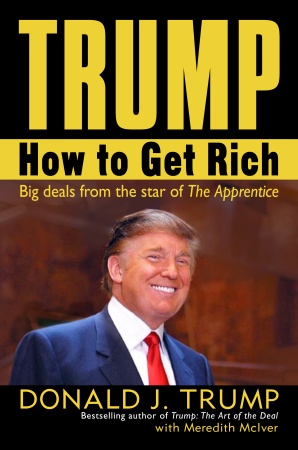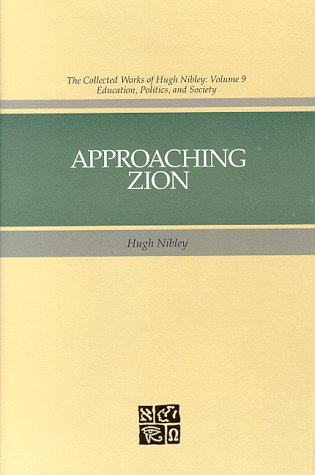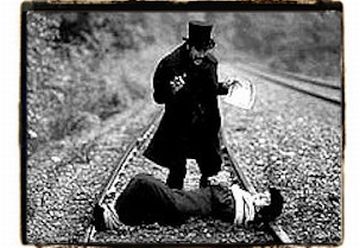Category: Essential Texts in Mormon Studies
-
John Taylor and the 1886 Revelation
For Latter-day Saint document geeks like me, this weekend was a big moment – the Church History library released digital scans of the 1886 John Taylor Revelation and related documents (see the link here for the Church History Library). Accompanying the release, the B. H. Roberts Foundation also published a discussion of the document. I’m…
-
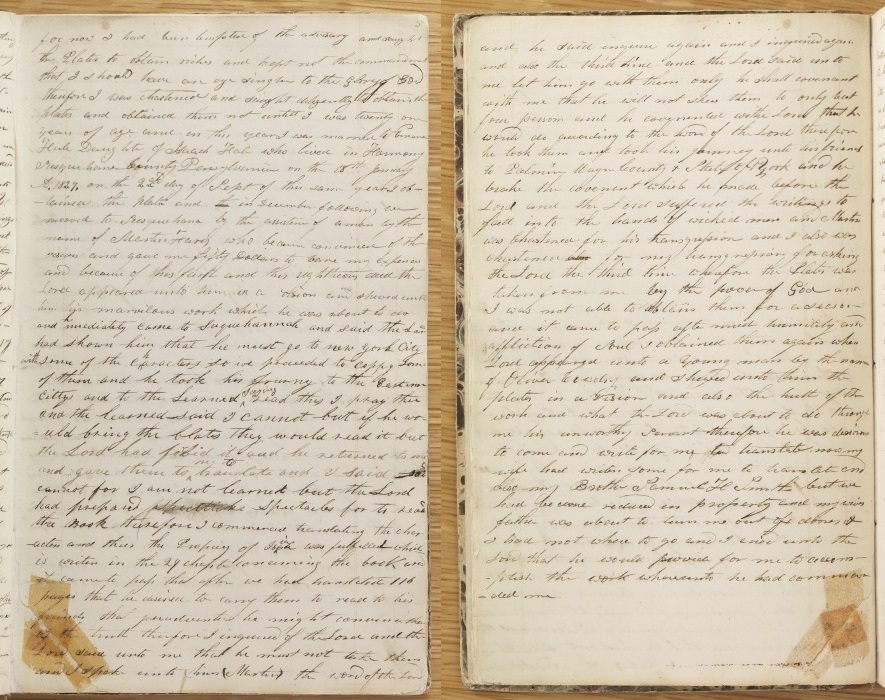
Important Documents from Latter-day Saint History
I’ve always had the idea running in the back of my mind to compile a list of the most important documents across the history of the Church of Jesus Christ of Latter-day Saints that are not in the scriptures nor book-length publications. Documents in the list include important summaries of doctrine that capture the thought…
-
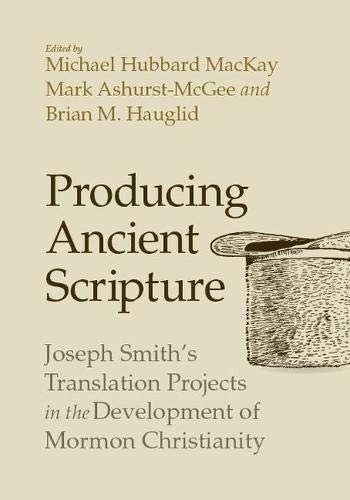
Joseph Smith’s Studies and Translations
It has been a big year for volumes that discuss Joseph Smith’s translation projects, with contributions ranging from Terryl Givens and Brian Hauglid’s The Pearl of Great Price: Mormonism’s Most Controversial Scripture last October, to William L. Davis’s Visions in a Seer Stone: Joseph Smith and the Making of the Book of Mormon this April,…
-
The Expanded Canon: A Review
Several months ago, my wife Lissette gave a talk in sacrament meeting on the topic of modern prophets and continuing revelation. She wanted to provide something different, something the congregation could really chew on (no “theological Twinkies“). She ended up discussing how modern-day prophets model the process of revelation for us. Drawing on Elder Bednar’s analogy…
-

The Approaching Zion Project: Work We Must, but the Lunch Is Free
As summer ends, my time to engage with Nibley’s social criticisms has begun to return. Of course, I say that the week before classes begin, so a couple things I want to point out before we get started: first, this is a long, detailed chapter.
-
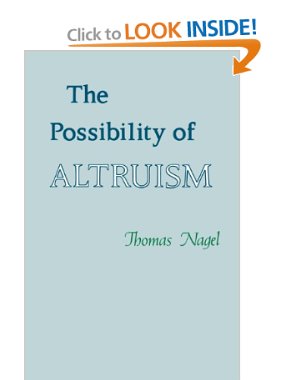
Stewards of Prudence and Altruism
Prudence and altruism combined allow us to delay personal gratification or even make sacrifices for the benefit of future people who have not yet been born. The hearts of the fathers must turn to their children
-
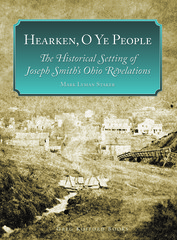
The Kirtland Church: A Review of Hearken O Ye People
I received my review copy of Hearken, O Ye People at work; I opened it and began to read on the El heading home. And, from page 1 (or, actually, page xvii), my jaw dropped. Staker started his book with an almost-15-page chronology of Kirtland, beginning in May 1796 as a group begins to survey…
-
Mormonism: The Second Century
Christopher Jones has a post over at the fine group blog Peculiar People listing ten books on modern Mormonism. The post deserves more discussion, so I thought I’d post my own short comments on the first four books from the list and invite readers to add comments on the others as well as reflection on…
-

12 Questions with Grant Hardy – part I
To cap off our roundtable review of Grant Hardy’s new book Understanding the Book of Mormon we’re fortunate to feature an interview with the book’s author. The interview will be posted in two parts. Our thanks to all who have participated, and especially Bro. Hardy.
-
A tool for Conference analysis
While we know that gospel principles are eternal, we must also admit that the language used to describe them changes over time. And now we have a tool for discovering and analyzing how Church leaders have changed their descriptions of the gospel over the past 160 years.
-
12 Questions and a Book by Royal Skousen
5 years ago we published one of my favorite “12 Questions” posts, in which Royal Skousen discussed in some depth what he has learned from his extensive work on the earliest editions of the Book of Mormon. His book, The Book of Mormon: The Earliest Text, is being published in September by Yale University Press…
-
Mormon Studies on a Budget?
A few years ago, Armand Mauss advised our readers that an essential texts list for Mormon studies probably included a dozen books (including Shipps, Bushman, Arrington, and Givens) as well as regular reading of four major periodicals. That remains a very good recommendation; however, for many Mormon studies newbies, that level of depth may not…
-
A New Book for the Mormon Canon
There are a number of Mormon pamphlets and books that have achieved a kind of semi-canonical status within Mormon studies. Everyone agrees, for example, that Parley P. Pratt’s Key to the Science of Theology or John Taylor’s Mediation and Atonement are key texts for understanding nineteenth Mormon thought. If any evidence is needed, both texts,…
-
Three, Part One
Which Dialogue articles should the savvy blog-reader have hot-keyed and ready to go? What would the top three articles be, for useful citation in blog conversation?
-
Essential Texts in Mormon Feminism?
In honor of Women’s History Month, I’d like to reopen our occasional series of Essential Texts in Mormon Studies. Traditionally, posts in the series have asked commenters to suggest their top five books within some segment of Mormon studies. For this post, let’s discuss what might be the essential texts in Mormon feminism.
-
Supplementing Angels
A not-so-hypothetical from a reader: Your daughter’s AP English class is using Tony Kushner’s Angels in America as a central part of a semester’s curriculum. You are friends with the teacher and would feel comfortable suggesting that she supplement the Angels module with another book or short story dealing with Mormonism from a different, hopefully…
-
Essential Net Resources
First thanks to everyone for actually allowing me to write on topics unrelated to my blog. Hopefully I can live up to some of the excellent guest bloggers from over the past year. (Damon Linker was among my favorites.) One thing I’ve noticed of late is that my favorite series on Times and Seasons has…
-
Best Books for New LDS Converts
I live in a relatively mission-field ward, which has a lot of new members. Several months back, one member asked about reading material. I happened to have an extra copy of Truth Restored on the shelf, and it seemed like a good new-convert book, so I gave it to the new member. It was a…
-
Most Overrated Books in Mormon Studies
I am feeling testy today, so I thought that I would post on a subject I have been thinking about for a while: the most over rated text in Mormon studies. Perhaps it is part of being raised in a prophetic, leader-revering culture, but there is a tendency on the part of Mormon intellectuals toward…
-
Great Sermons
In our casting about essential Mormon texts and our questing for Mormon literary achievement, I think that we frequently foget on of the great Mormon mediums and one that we have produced in huge quanties, with occasional examples of great quality. I am talking about sermons.
-
The Books to Be Written
Let’s see if we can start a discussion that doesn’t revolve around homosexuality and same sex marriage. (What a sexually obsessed bunch we are!) A while back, one commenter suggested that what we needed in addition to a list of “must read” Mormon studies texts is a list of books that haven’t yet been written…
-
Bushman v. Brodie: Biographies
We’ve had several discussions about essential texts in Mormon studies; see here, here, here, here and here. I was hoping we could generate a list, or at least some productive discussion, about a topic we haven’t yet addressed — the great Mormon biographies and autobiographies.

